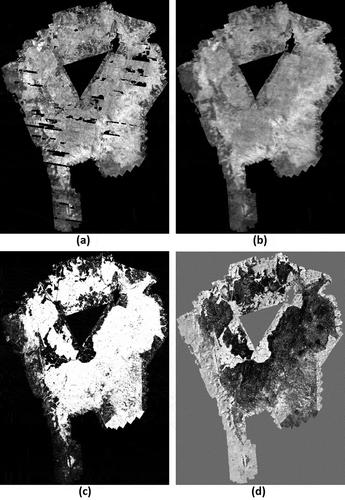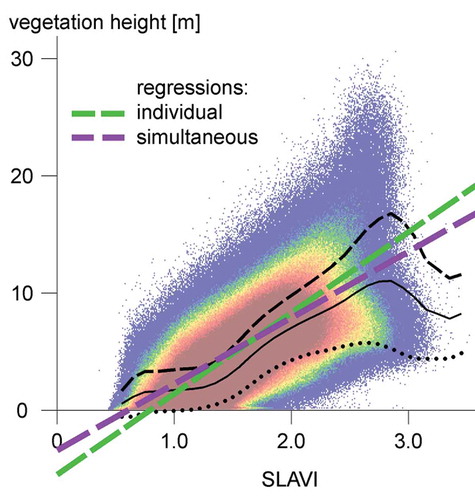Figures & data
Figure 1. Four Landsat images of the same area in Tanzania, all acquired in January but in different years: (a) 26 January 1987, (b) 21 January 1997, (c) 24 January 1998, (d) 14 January 2003. False colour images, with Landsat bands SWIR2 (2220 nm), NIR (830 nm) and red (655 nm) shown as red, green and blue, respectively.
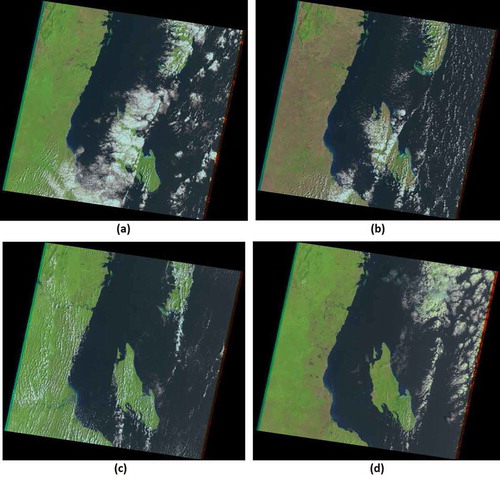
Table 1. Comparison of previous studies on forest canopy height estimation from remote sensing data.
Figure 2. The location and extent of the two study areas, shown on a map of Tanzanian district boundaries. The 100 km grid lines are in UTM zone 37 S.
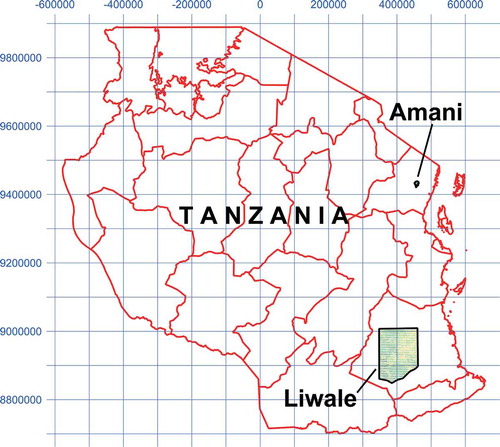
Table 2. Airborne laser scanning parameters.
Figure 3. ALS normalized digital surface model (nDSM), i.e. vegetation height, for Liwale. The 25 km grid lines are in UTM zone 37 S.
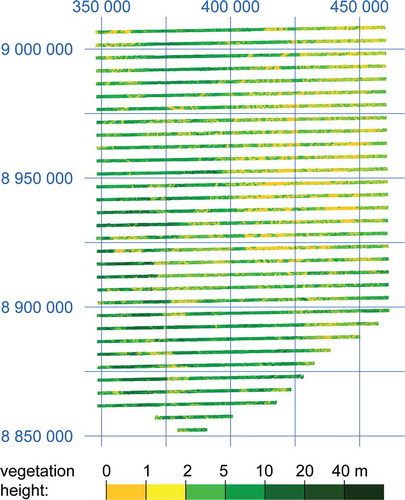
Figure 4. ALS normalized digital surface model (nDSM), i.e. vegetation height, for Amani. The 2 km grid lines are in UTM zone 37 S.
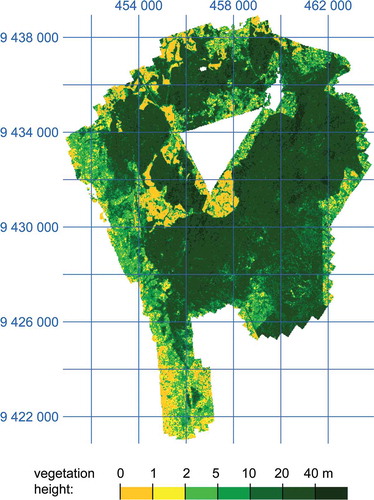
Table 3. Computation of scale factor for 2014 nDSM of ALS strips in Liwale.
Table 4. Number of Landsat L1T acquisitions of path 166, rows 066–067 used in the study. On some dates, only one of the images (166/066 or 166/067) was available; in such cases, a sum of three numbers is shown. E.g., 3 + 1 + 2 means that three acquisitions of both 166/066 and 166/067 exist, then one of 166/066 only, and two of 166/067 only.
Figure 5. Landsat-8 data for Liwale for 20 January–6 December 2014, extracted from path 166, rows 066–067. False colour images with the same bands as in . For six of the dates, either path/row 166/066 or 166/067 was not terrain corrected, and thus rejected, resulting in 15 complete extracts,3 partial extracts of the northern part (166/066), and 3 partial extracts of the southern part (166/067); this is indicated in as 15 + 3 + 3 for Landsat-8 in 2014.
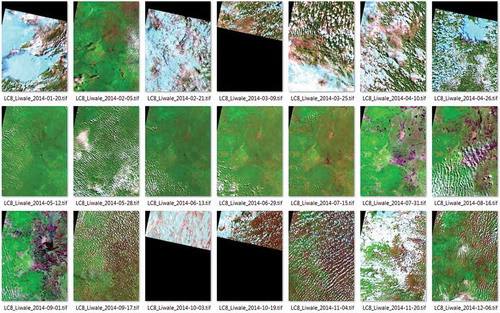
Figure 6. Mean vegetation height plotted for 0.1 SLAVI bins. Each curve is for one Landsat image, labelled “average-<day-number>”.
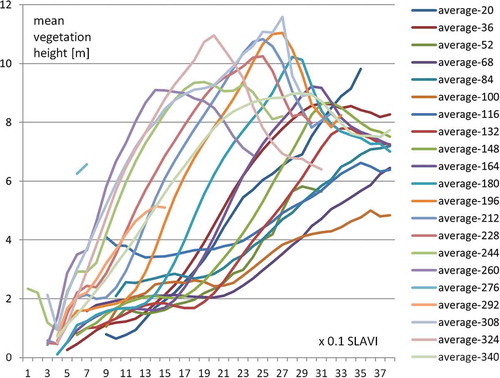
Figure 7. Scatterplot of SLAVI vs. ALS vegetation height for Landsat-8 data of 15 July 2014. Colour codes: white 0–1, Darkest blue 2, yellow 50, red 100, darkest red 140–1835. The solid black line is the same as the orange line labelled “average-196” in , i.e. the mean vegetation height for any given 0.1 SLAVI bin. The dashed and dotted lines are the mean plus and minus one standard deviation, respectively.
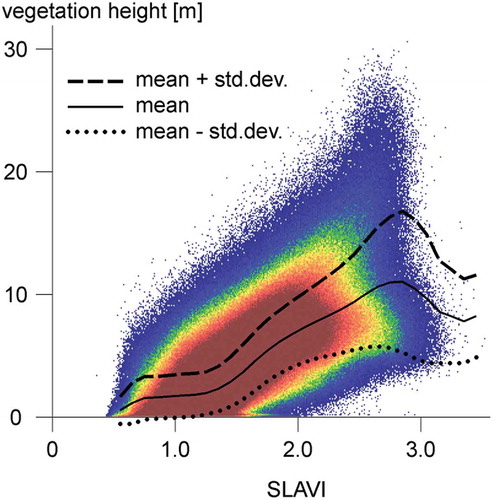
Table 5. Regressions between Landsat SLAVI and ALS vegetation height for Liwale, 2014. 1Individual regressions for each Landsat image. 2Simultaneous regression with common constant but individual regression slopes.
Table 6. Dependent and independent variances of vegetation height estimated from repeated Landsat acquisitions.
Figure 9. PALSAR backscatter versus ALS vegetation height. Exponential regression lines (solid lines) were fitted to the data points (cyan symbols for HV and purple symbols for HH polarization).

Table 7. PALSAR estimates of vegetation height for 2007–2010 versus ALS measurements for 2012.
Table 8. Average vegetation height estimates for Liwale. Landsat data includes all Landsat-4, 5, 7 and 8 data (Landsat 7 SLC-off data is also included).
Figure 11. Change maps for a 7 km × 7 km area in Liwale. Red = reduction in vegetation height, blue = increase in vegetation height, white = unchanged. (a) ALS 2012–2014, up to 13.7 m reduced average height (darkest red) was measured within 30 m × 30 m pixels. The largest increase was 2.7 m (darkest blue). Black is no data. (b) Difference for 2012–2014 estimated from Kalman filtered multi-sensor time series, differences range from −8.6 to 5.2.
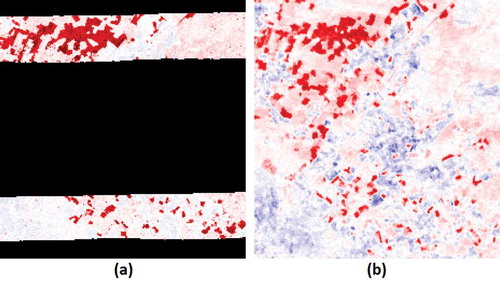
Table 9. Average vegetation height estimates for Amani.
Figure 12. Result of using the method on the Amani area. Grey values are scaled from 0 m (black) to 20 m (white), except for the difference image (d), which is scaled from −20 m (black) to 20 m (white). Areas outside of ALS coverage are set to 0 m. (a) Estimated vegetation height for 2012 from Landsat-7. Actual values range from 0 to 24 m. (b) Estimated vegetation height for 2012 from Landsat time series 1984–2012 with Kalman filtering. Actual values: 0–20 m. (c) ALS nDSM, actual values: 0–60 m. (d) Difference of estimates from Landsat with Kalman filtering and ALS, i.e. (b) minus (c). Actual values: −40 m to +25 m.
